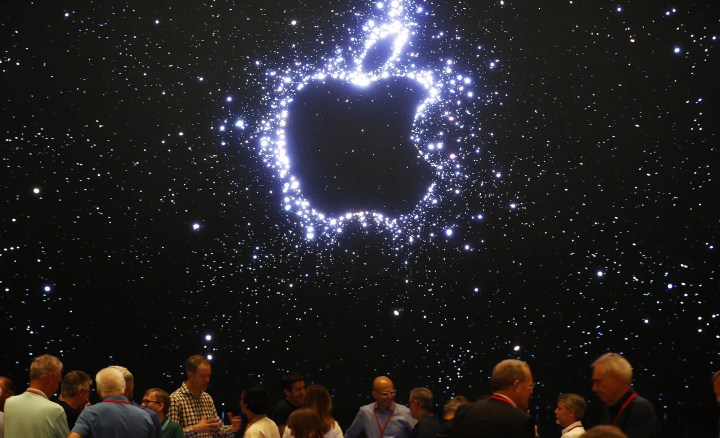AFTER THE BELL
Five steps to launch a product that will rule the world

Based on the history of the iPhone, here are my five rules on how to launch a product that will rule the world.
Apple just released a new version of its iPhone, the model 14, as it happens. It’s a pretty normal event for the world’s largest company and there will be some improvements to the phone and probably a new watch. But grand fireworks are not on the agenda. This is now very normal.
But like so many have before, I would just like to pause and marvel a bit, because the iPhone is far and away, the world’s most successful individual product. Nothing else comes close. How did that happen? What does it mean? What does it say about us?
So much has been written before, often breathlessly. But, honestly, I try damn hard not to be breathless. The graphic website Statista has a great, moving graph showing the income generated by the iPhone compared with the total income generated by the world’s largest companies. It’s just gobsmacking.
In 2007, the company with the largest sales of individual products was General Motors, selling cars, obvs, which clocked a total income of $165-billion. That’s for all the models of all the cars in its stable. Apple sales that year were around 1 billion.
The iPhone overtook Nike and McDonald’s three years later, and Coke in 2011, and the entire Proctor & Gamble in 2012. The iPhone overtook General Motors in 2014, which made a comeback the following year, but the iPhone regained the lead in 2017. Microsoft’s revenue actually pipped the iPhone in 2020 but, as of 2021, the iPhone is king again.
It’s easy to get carried away here: Samsung actually sells marginally more phones than Apple. But Apple is earning $196-billion from its smartphones, compared with Samsung’s $72-billion. Other smartphone makers abound, but Samsung and Apple have, with ups and downs, more or less shared about 60% of the total market for the past decade.
How did it happen? There is just some kind of magic about iPhones, and that magic existed right from the start. There is a very famous story written in The Wall Street Journal by Paul Kedrosky on the day the first iPhone was launched. Kedrosky described it as the “Jesus phone” because of its passionate followers and the hype that preceded its launch.
The hype, he speculated, might have been because Apple had cleverly drip-dripped product information to the market about the phone’s nifty features. A, how do you call it, “touch screen”. An actual web browser. Stuff you flick.
But actually, the specs for the first version of the iPhone were announced early in the year, and didn’t change much. So, to generate this hype, Apple must have had a multimillion-dollar advertising campaign? Except Apple didn’t. Apple simply announced the product, and then did nothing, wrote Kedrosky. There were some ads later, but nothing huge.
Visit Daily Maverick’s home page for more news, analysis and investigations
So, why was there such hype? Kedrosky is hilarious about the real reasons. “First, people hate their cellphones. Other than making phone calls – a downright dreary bit of business – using phones for internet, entertainment and pretty much anything else has been abysmal. Cellphones are best characterised as crippled, paternalistic devices best suited for people who think straitjackets are comfortable evening wear. They have horrible web browsers, crummy screens, and obscure-to-the-point-of-opacity interfaces.
“But in addition to hating their phones, people hate their cellphone carriers. Hate, hate, hate, hate. The major cellular providers – with their ham-handed ‘support’ and fascist control of software that can run on phones directly – are right up there with the IRS in terms of inspiring your average mobile phone user’s disgust and loathing,” he wrote.
I think he pretty much nails it. And do we feel any different today? No, we now love our iPhones and, yes, we still hate, hate, hate, hate our ripoff cellular providers who, two decades later, have only just managed to provide online itemised billing, something banks have been doing for, well, two decades.
So, based on the history of the iPhone, here are my five rules on how to launch a product that will rule the world:
- Make sure the total addressable market is, well, everyone.
- Be first.
- Take something everyone complains about and definitively, unambiguously, fix it.
- Make sure the product sells itself: If you have to have a huge advertising campaign to convince people your product is a world-beater, then it’s not a world-beater.
- Don’t rest on your laurels; keep on improving it.
Now, if we could just think of a product that fits all those categories. A new form of nation-state perhaps? One that doesn’t irritate us all the time. I’d buy one of those in a heartbeat. BM/DM


















Comments - Please login in order to comment.